 That time I was chalking out my itinerary for western Canada, I chose Saturna island because I didn’t know anyone — not a single person — who had been there. Later, when I landed in Canada, I met this person who’d been there twenty years ago, on work.
That time I was chalking out my itinerary for western Canada, I chose Saturna island because I didn’t know anyone — not a single person — who had been there. Later, when I landed in Canada, I met this person who’d been there twenty years ago, on work.
Ninety per cent of the people I know who are going or have visited or are planning to visit Australia, go to the Gold Coast, Uluru and Tasmania. I wondered why not many explore Western Australia extensively because when I looked it up, it sounded incredible.
If they don’t have enough time for island-hopping in the south of Japan, most people head to the popular (and crowded) Yakushima for a day before heading to Okinawa (if at all). I choose the largely-ignored Yoron island.
On all these three occasions, my experiences have been incredible to say the least. While describing Saturna island as Paradise will not be much of an exaggeration, I will never forget swimming with wild dolphins, sharks and manta rays in Western Australia. And every time I think of Yoron, a smile automatically appears on my lips.
Here’s why I like to go to places where no one (or very few people) else is going.
Less crowds
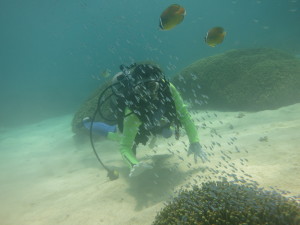
Of course, when most people are heading the other way, there will be less people around. I’m the kind of person who hates to queue up to see a tourist site or a museum. So, less tourists work perfectly for me. When we went to Saturna island, it wasn’t even the high season when some people do come, and it was such an incredible experience. I felt so close to nature in there.
Cheaper
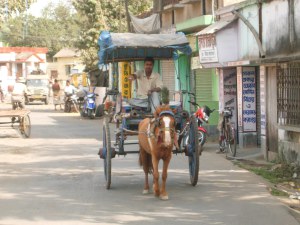
Going somewhere in the lean season almost always mean spending less. Hotels costs less during this time and local businesses have all kinds of offers going to attract the few visitors who are around. I remember the time I went to Murshidabad (a historically rich town in northern West Bengal, the Indian state of which Kolkata is the capital). people who took tourists around on cycle vans and horse-drawn carriages literally competed with one another to give us the lowest price so that we chose them! I actually prefer the shoulder season — a week or so before the season is scheduled to start and prices are hiked. This usually means the weather is not too unpleasant and the prices are still less and the crowds are yet to start pouring in.
Better connect with locals
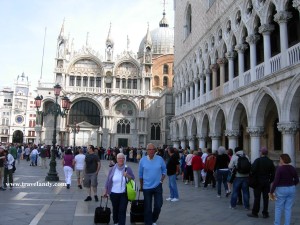
It’s close to impossible to break the touristy facade of Venice and experience the life of the local people. The reason for this is because of the millions of people who are visiting the place all the time. The locals almost live a parallel life. It’s easier to get access to them in places and times when there are less tourists around to hamper their everyday activities such as taking kids to school and going to the market. But on Saturna island, every local person we met on the road waved at us. Some even found time for a chat and others on cars offered to drop us at our destinations without us even asking for a ride. In Western Australia, once we were outside Perth, people in most cars (and also many trucks) we crossed on the highway waved at us. Families travelling with us on the local train in Sri Lanka offered us snacks they were having even though neither of us understood the other’s language.
Authentic local cuisine
When I travel to a new place, what I intend to experience is a slice of the life of a typical local person. And authentic local cuisine is sure a part of it. When a place is less touristy, it’s easier to find eateries where the local people go for a meal or a drink.
There will of course be some issues (such as bad weather) if you go during the lean season or to a place which travellers generally tend to avoid. But go, for there is always two sides of a coin. You will appreciate the shine on the other side.

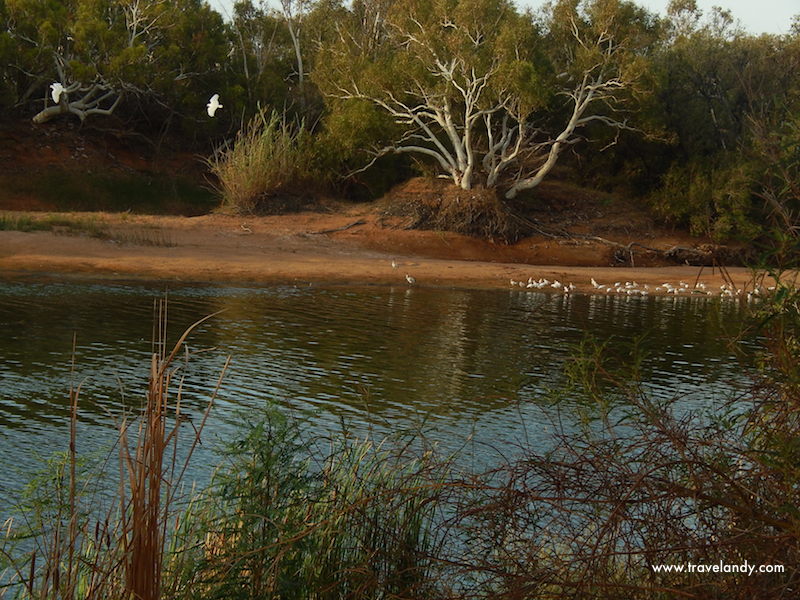
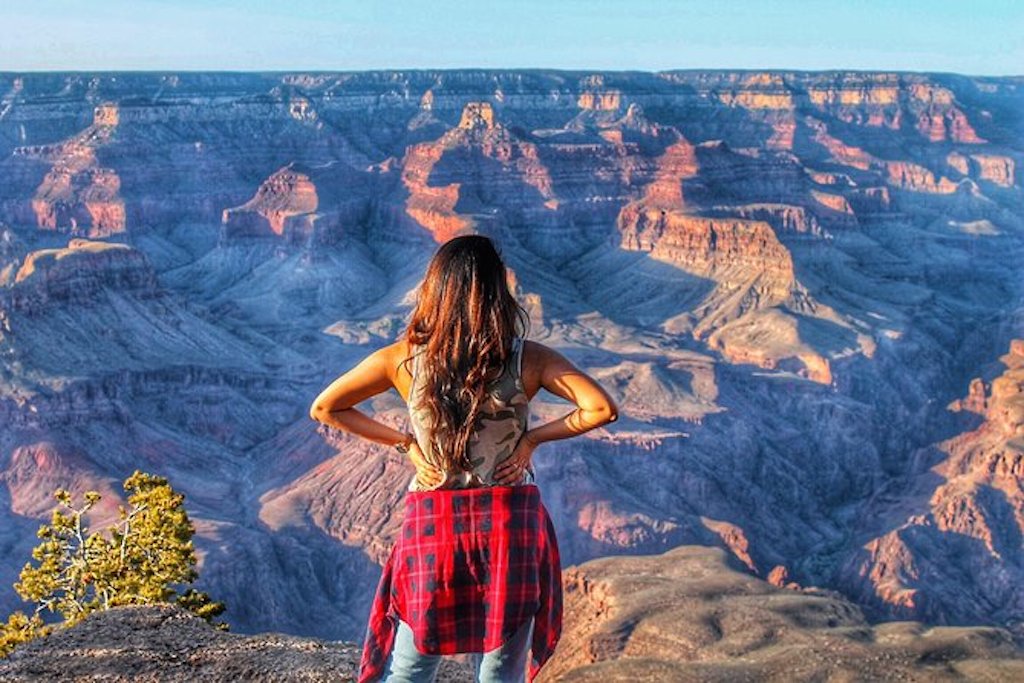

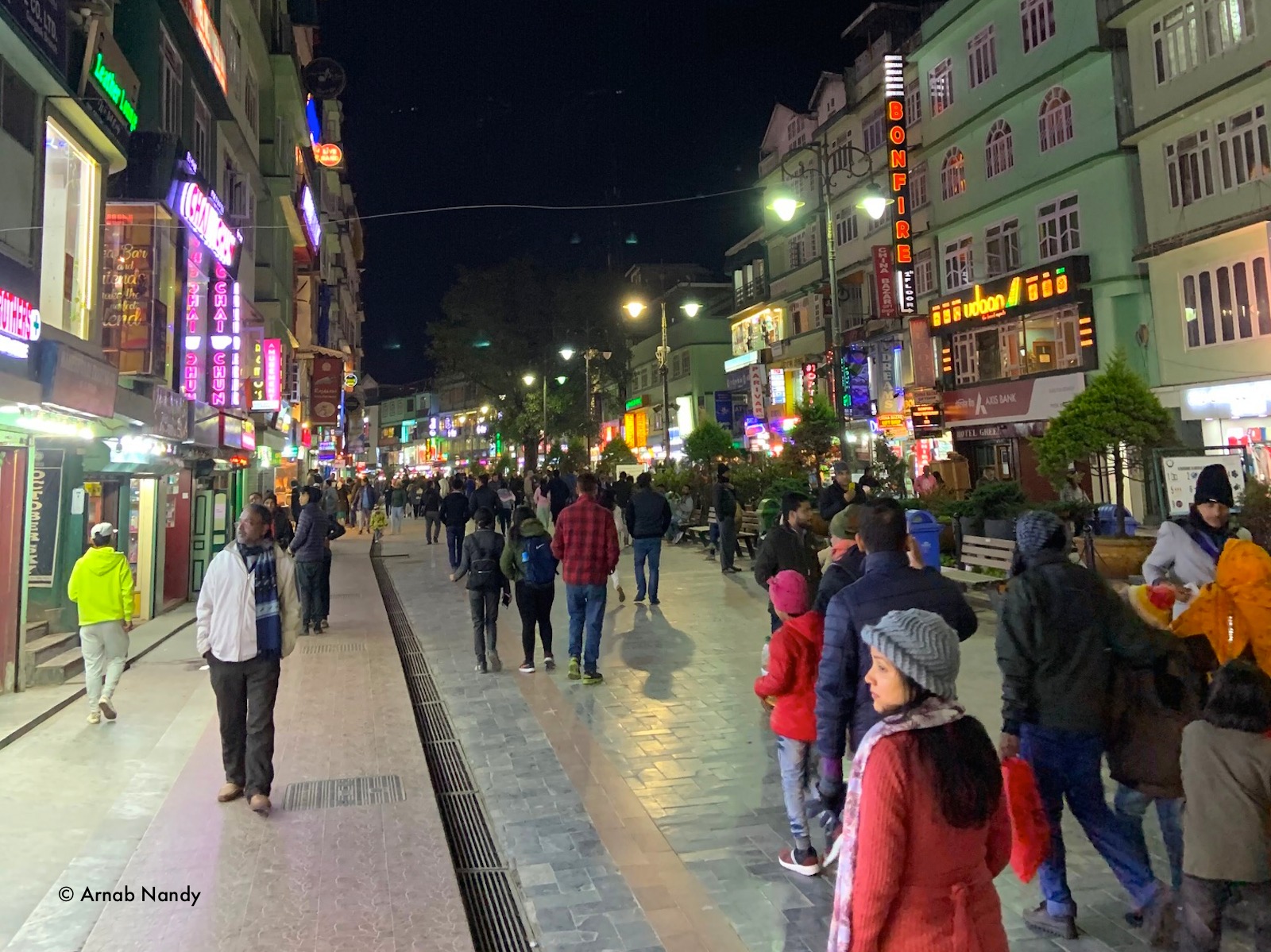
You must log in to post a comment.